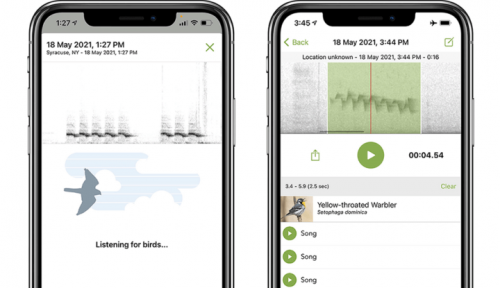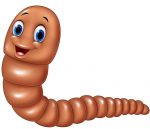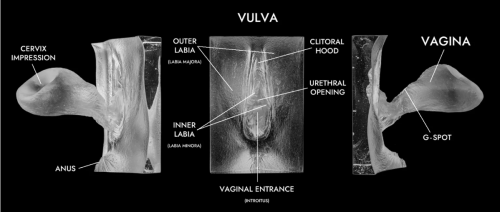You ever watch a sleeping cat or dog, and see their little paddy-paws twitching and their legs all curled up? Cute, isn’t it? You can just imagine they’re dreaming.
Spiders do it, too.
Jumping spiders are special because, unlike most arthropods which have fixed eye positions — they have to turn their heads to change their field of view — they have telescope eyes which can swivel, so you can actually see their eyes move while they are presumably sleeping. This has led some investigators to suggest they have a kind of REM sleep.
Sleep and sleep-like states are present across the animal kingdom, with recent studies convincingly demonstrating sleep-like states in arthropods, nematodes, and even cnidarians. However, the existence of different sleep phases across taxa is as yet unclear. In particular, the study of rapid eye movement (REM) sleep is still largely centered on terrestrial vertebrates, particularly mammals and birds. The most salient indicator of REM sleep is the movement of eyes during this phase. Movable eyes, however, have evolved only in a limited number of lineages—an adaptation notably absent in insects and most terrestrial arthropods—restricting cross-species comparisons. Jumping spiders, however, possess movable retinal tubes to redirect gaze, and in newly emerged spiderlings, these movements can be directly observed through their temporarily translucent exoskeleton. Here, we report evidence for an REM sleep–like state in a terrestrial invertebrate: periodic bouts of retinal movements coupled with limb twitching and stereotyped leg curling behaviors during nocturnal resting in a jumping spider. Observed retinal movement bouts were consistent, including regular durations and intervals, with both increasing over the course of the night. That these characteristic REM sleep–like behaviors exist in a highly visual, long-diverged lineage further challenges our understanding of this sleep state. Comparisons across such long-diverged lineages likely hold important questions and answers about the visual brain as well as the origin, evolution, and function of REM sleep.
If this were happening in a cat or a dog we’d easily assume the behaviors were a reflection of whatever they were dreaming about. It would be nice to imagine this was just as true of spiders, but I’m going to be slightly skeptical of the idea that the behavior is indicative of “dreaming” or even analogous to REM sleep. The authors are cautious, too.
The complex visual and cognitive behaviors of salticids and their relatively small nervous system facilitate experimental tests of the role of visual experience in REM sleep–like retinal movements. Eye movement patterns during REM sleep have been hypothesized to be directly linked to the visual scene experienced while dreaming—begging the deeper question of whether jumping spiders may be experiencing visual dreams. This raises a unique opportunity to test this “scanning hypothesis” in jumping spiders, where retinal movements can be observed. Since visual input can be controlled in jumping spiders early on (unlike in humans), retinal responses to repeated visual stimuli presented during the day might partially reappear during REM sleep–like states.
The problem I have is that we don’t know all that is going on in the brains of humans during dreaming or REM sleep — so how can we compare that to what spiders experience? A deeper analysis of the activity of the nervous system would be needed to do a good comparison, and this paper is only looking at behavior.
An alternative to “dreaming”: spiders go through waves of alertness during sleep. At some levels, they are awake enough to monitor their environment, so those eye movements aren’t a consequence of dreams — that’s the spider doing sentry duty, scanning what’s around it to search for prey or threats. The movements tell us nothing about the inner life of a spider, only that it wants to eat or avoid being eaten. You know they don’t have eyelids, right? They aren’t as blind as we are while sleeping.
That doesn’t mean the behavior lacks any homology with vertebrates. Maybe our REM sleep is also a consequence of the evolution of rising and falling levels of alertness, and dreaming is just a side effect of brains randomly invoking patterned activity on top of all that.
If spiders dream, though, I do wonder what bloodthirsty scenarios are playing out in their heads. That may also be similar to vertebrate dreaming — I don’t think my cat dreams of frolicking in fields of dandelions, but of ripping the heads off smaller mammals. But that’s my psycho cat.








